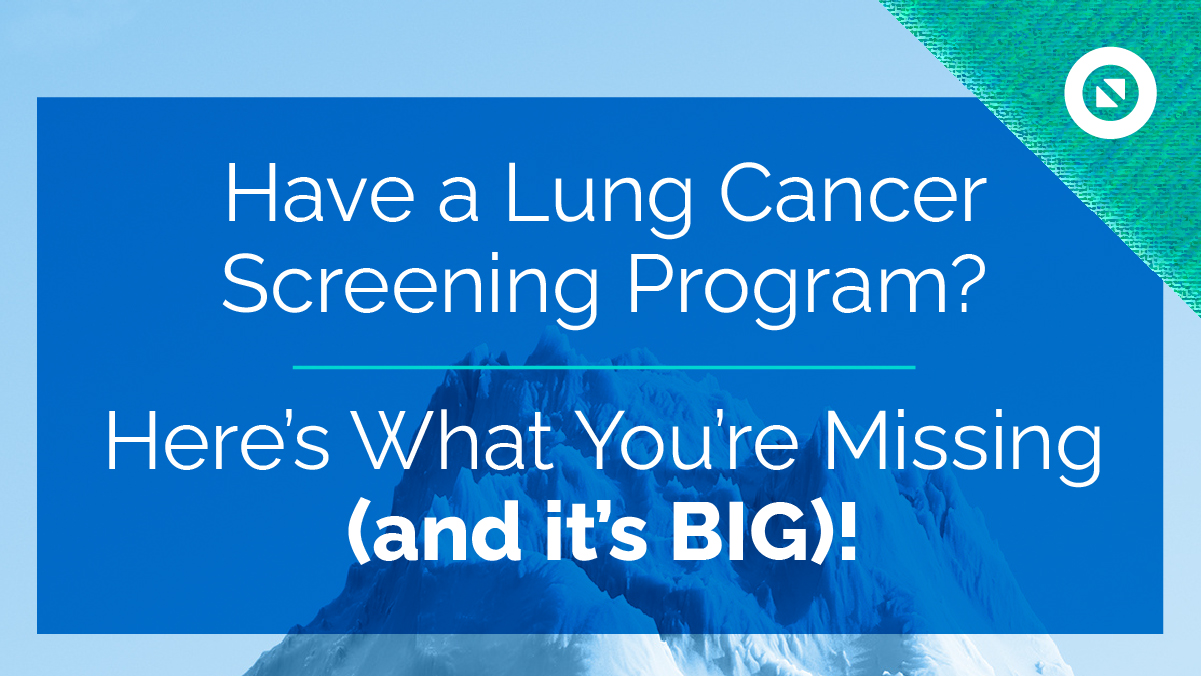Lung cancer is the second-most commonly diagnosed cancer and is the leading cause of cancer-related deaths, accounting for more cancer deaths than breast, prostate, and colon cancers combined. Smoking remains the largest risk factor for lung cancer, accounting for about 90% of all lung cancer cases. Increasing age is also a known risk factor, with the median age at diagnosis being 70 years old. Lung cancer is associated with a poor prognosis due to its asymptomatic features and predominant late stage diagnosis, leading to an overall 5-year survival rate of only 20.5%. When diagnosed in its earliest stages before symptoms develop, lung cancer has a significantly better 5-year survival rate, upwards of 81–92%.
In 2011, results were published from the National Lung Screening Trial (NLST) which showed a 20% reduction in lung cancer mortality when utilizing Low-Dose CT (LDCT) for lung cancer screening. Following these results, the United States Preventive Services Task Force (USPSTF) announced a level-B recommendation in December 2013 for LDCT for lung cancer screening in current or former smokers aged 55–80 years old, with a 30 pack-year history, who have quit no longer than 15 years earlier. Following a systematic review of the accuracy of LDCT screening for lung cancer and associated risks versus benefits, the USPSTF has now updated the 2013 recommendation. On March 9, 2021, the USPSTF announced a level-B recommendation for annual screening for lung cancer with LDCT for adults aged 50–80 years old who have a minimum 20 pack-year smoking history and are current smokers or former smokers who have quit within the past 15 years.
Please note, these new USPSTF recommendations have not yet been formally adopted and the existing lung cancer screening eligibility criteria listed below will continue to be enforced until further notice from CMS and other healthcare payors.
| USPSTF Lung Cancer Screening Recommendation | |
| Existing | Updated |
|
|
Once adopted, this expanded screening criteria is estimated to nearly double the number of people who will qualify to receive LDCT for lung cancer screening. As new evidence continues to be evaluated, there is proof that the benefits of screening earlier and including lighter smoking history can provide real benefits.
LDCT programs continue to be implemented in medical centers across the United States due to the results of the NLST and subsequent USPSTF recommendations and adoption of coverage by the Centers for Medicare and Medicaid Services (CMS). Despite solid data demonstrating the clinical value of lung cancer screening, establishing a successful LDCT program can often take time and resources not easily available to medical centers. Successful implementation of an LDCT program requires a great amount of organization, collaboration with stakeholders, and strict adherence to recommendations, along with continuous quality control to ensure proper patient adherence to recommended follow-up. With the existing USPSTF lung cancer screening recommendations, it was estimated that 9 million Americans were eligible for an annual LDCT. With these updated recommendations, that number has the potential to double.
Eon’s lung cancer screening software was developed to help facilities with both existing and new screening programs. Eon automates routine LDCT management tasks—considering that 90% of lung cancer screening patients only need an annual LDCT, the time saved from eliminating FTE manual data entry is considerable. On average, FTEs using Eon save up to 90% of their time. FTEs can spend more time with patients who need true care coordination, driving downstream revenue and better patient outcomes.
Learn more at: Lung Cancer Screening Software
Reference:
Final Recommendation Statement. (2021, Mar 9). Lung Cancer: Screening, Retrieved from https://www.uspreventiveservicestaskforce.org/uspstf/recommendation/lung-cancer-screening#fullrecommendationstart

